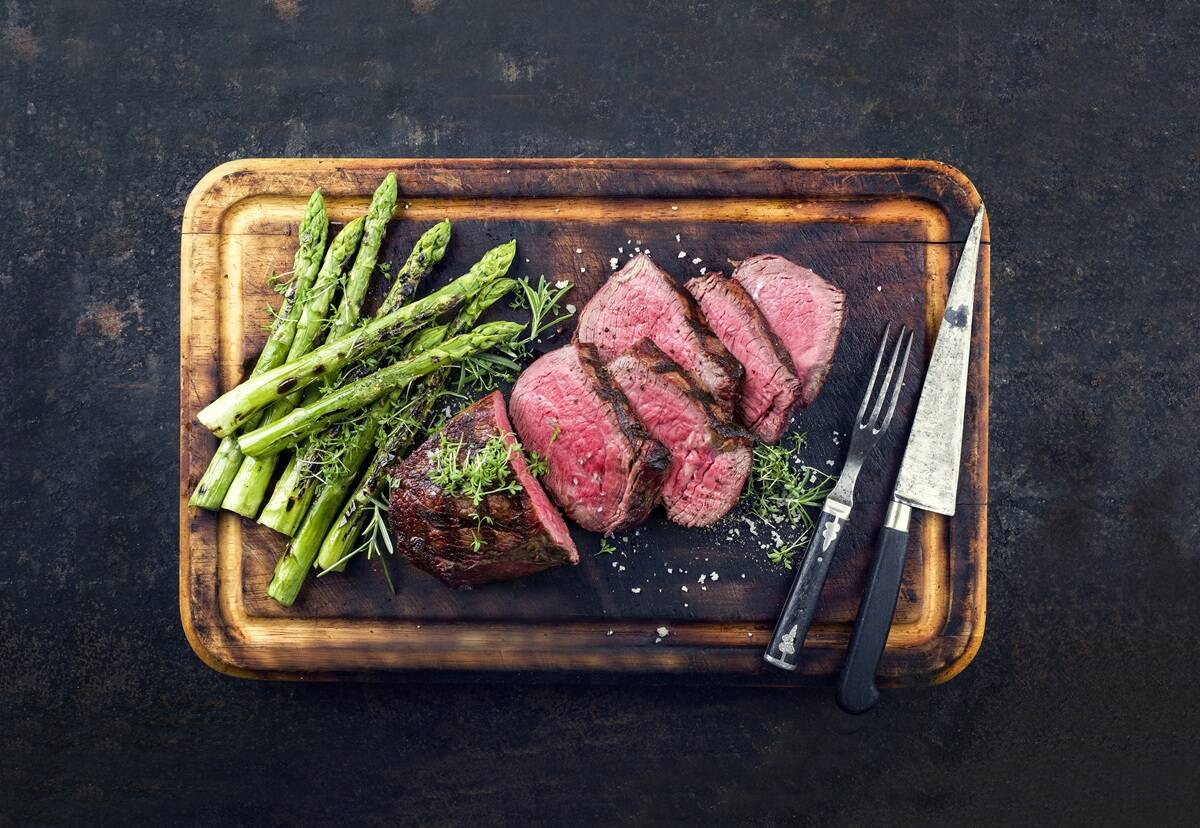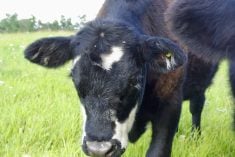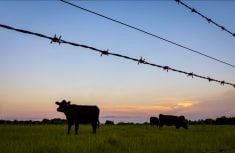In November 2019, the world changed. A cluster of pneumonia cases in Wuhan, China — the cause eventually identified as a novel coronavirus labelled COVID-19 — turned the world on its ear.
While a novel coronavirus trammeled the world, humans stood in awe wondering what might happen. COVID-19 sickened 46.2 million people (as of November 1, 2020) and 1.2 million people died. Over the past 12 months, we laboured through thousands of hours of newscasts, social media, political harangue and tragic stories.
Through it all, a “new normal” began to change history and the demeanor of work and play — now and in the future. During the battle, we collectively relearned basic principles of public health, and became conversant with the science of epidemiology as it applies to humans and animals. We learned, again, the only successful way through a quagmire is to let sound scientific discipline lead. We must understand things like R0 values, herd immunity, super-spreading and the relationship these have to disease emergence. We must accept that disease comes in predictable waves, affected by seasons, environment and human activity.
Read Also

Building demand together: The impact of Canada’s beef import levy
The beef import levy has become a central tool for ensuring balance in Canada’s beef industry
Though history should be the ultimate teacher, war and disease contradict that truth. Influenza, measles, small pox, tuberculosis, Ebola and HIV are stark reminders. Another fact: animals play a role in the emergence and dynamics of infectious disease. Although we do not know the exact source of the current outbreak of COVID-19, we’re certain it originally came from an animal, likely a bat.
The risk of animals spreading COVID-19 to people is considered low, the potential exception being novel coronavirus infections decimating the Netherland’s mink industry. Although there is much to be learned about COVID-19, it appears the spread from people to animals happens infrequently.
Emergencies in the cattle business cover the spectrum of missed chances, bad choices or bad luck. If we can learn anything from COVID-19 and other new diseases , it should be the anatomy of emergencies, building co-ordinated response plans in dealing with events that threaten our industry and how to reassemble the pieces as we rebuild. It is important to remain mindful of successes and failures associated with human disease outbreaks.
Plans today must include the potential incursion of animal and human diseases happening simultaneously and factor those into response scenarios. I have thought often about how North America could respond if foot-and-mouth disease in cattle and pigs landed in our lap during our struggles with COVID-19 in humans.
Control and eradication of any disease from a community or herd is built around the major determinants of R0 value and herd immunity. The reproduction number (R) is often used to reflect how infectious a disease is.
The basic reproductive number, R0, is the measure for an infectious organism’s potential to spread through a population. With an R0 of one, each case leads to one new case. When the R0 is higher than one, more contacts are infected.
One of the most infectious diseases in humans is measles, with an R0 between 12 and 18. An unvaccinated child could infect 15 other children. Those 15 classmates could then each infect 15 other schoolmates. To avoid spreading measles, many children need to be vaccinated.
A high R0 isn’t necessarily a more dangerous disease. For instance, a common cold can have a high R0; a rare but deadly disease can have a value less than one. With a R0 less than one, infections stop spreading. With the R0 greater than one, infections can spread rapidly without isolation of infected individuals — one dynamic behind super-spreaders and super-spreader events. If the R0 is large, herd immunity protects only if many are immune.
Factors influencing R0 values include:
- Nature of the pathogen.
- Population density.
- Disease characteristics (incubation period and length of infectiousness).
- Mode of transmission.
The term “herd immunity” first appeared in the lexicon of the U.S. public health system in the early 1900s when American livestock veterinarians searched for solutions to eradicate “contagious abortion” (brucellosis) ravaging beef and dairy herds. By 1910, brucellosis had become the leading contagious threat to cattle in the U.S. Farmers destroyed or sold affected cows.
Kansas veterinarian George Potter realized that this was the wrong approach. Writing with Adolph Eichhorn in 1916 in the Journal of the American Veterinary Medical Association, he envisioned “herd immunity.” As he wrote in 1918, “Abortion disease may be likened to a fire, which, if new fuel is not constantly added, soon dies down. Herd immunity is developed, therefore, by retaining the immune cows, raising the calves, and avoiding the introduction of foreign cattle.”
As many countries around the world recognized the magnitude of the COVID-19 pandemic in March 2020, some seemed to put their faith in herd immunity. U.K. pandemic advisor Graham Medley, for example, said, “We are going to have to generate what we call herd immunity,” which would require “a nice big epidemic.” The idea received furious criticism. British officials denied that herd immunity had ever been part of their plan.
A run at herd immunity in Sweden prompted mathematician Marcus Carlsson to object that “we are being herded like a flock of sheep toward disaster.” In August, WHO’s Michael Ryan warned journalists “we are nowhere close to the levels of immunity required to stop this disease transmitting. We need to focus on what we can actually do now to suppress transmission and not live in hope of herd immunity being our salvation.”
That did not end the debate. In late August, sources revealed that the White House might be pondering a policy of herd immunity. Officials issued a prompt denial.
The appeal of herd immunity is easy to understand; if it is reached, an epidemic ends. But the illness and death this approach requires have prompted a strong backlash. The U.S. remains in limbo.
Dr. Ron Clarke prepares this column on behalf of the Western Canadian Association of Bovine Practitioners. Suggestions for future articles can be sent to Canadian Cattlemen ([email protected]) or WCABP ([email protected]).

















